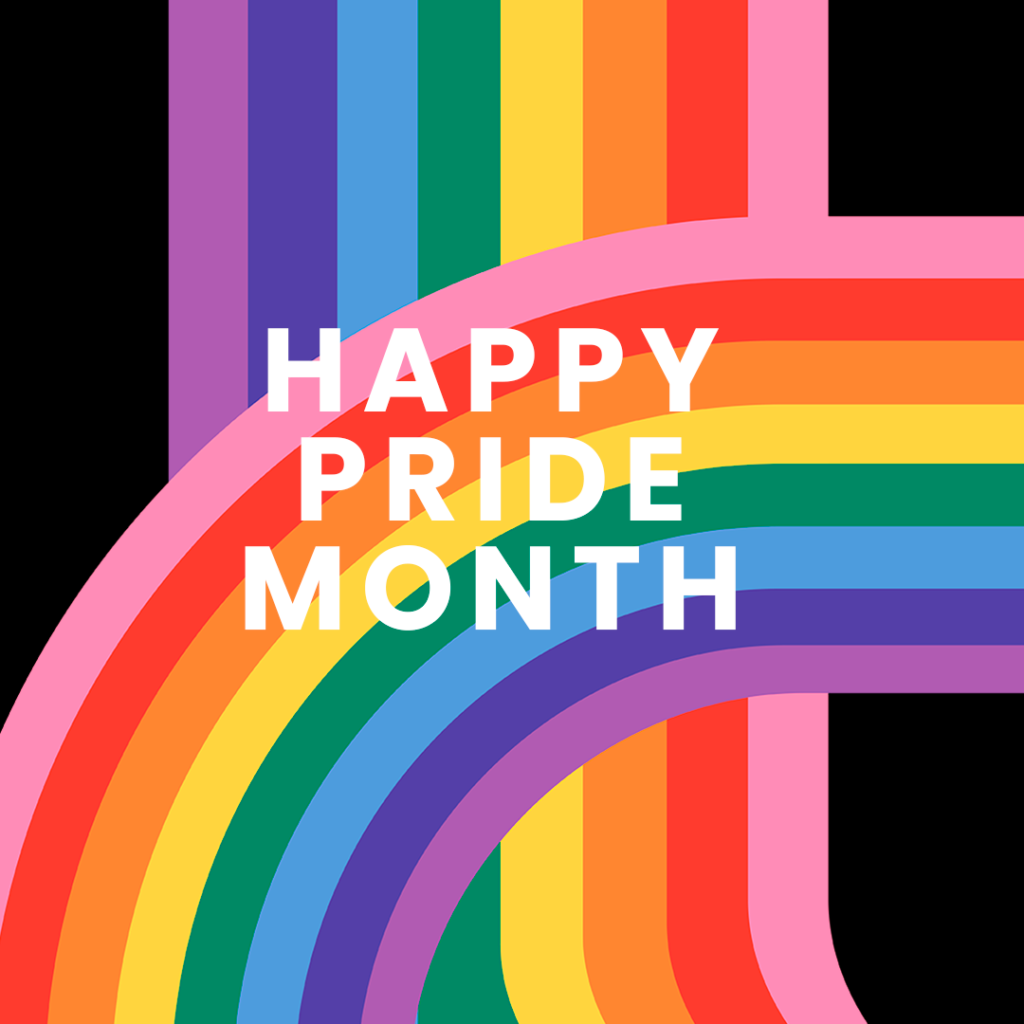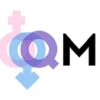
On a hot summer’s night in New York on June 28, 1969, police raided the Stonewall Inn, a gay club in Greenwich Village, which resulted in bar patrons, staff, and neighborhood residents rioting onto Christopher Street outside. Among the many leaders of the riots was a black, trans, bisexual woman, Marsha P. Johnson, leading the movement to continue over six days with protests and clashes. The message was clear — protestors demanded the establishment of places where LGBT+ people could go and be open about their sexual orientation without fear of arrest.
Pride Month is largely credited as being started by bisexual activist Brenda Howard. Known as ‘The Mother of Pride,’ Brenda organized Gay Pride Week and the Christopher Street Liberation Day Parade a year after the Stonewall Riots. This eventually morphed into what we now know as the New York City Pride March and was the catalyst for the formation of similar parades and marches across the world.
Speaking of the rainbow flag, it was actually gay politician Harvey Milk who asked a talented designer friend, Gilbert Baker, to design an all-encompassing symbol to take to San Francisco’s Pride March in 1978. Sadly, Harvey Milk was assassinated along with Mayor George Moscone on November 23, 1978, in San Francisco City Hall by Dan White, a disgruntled former supervisor who was angry at Milk for lobbying against having him reappointed on the Board of Supervisors.
Bill Clinton was the first U.S. President to officially recognize Pride Month in 1999 and 2000. Then, from 2009 to 2016, Barack Obama declared June LGBT Pride Month. In May 2019, Donald Trump recognized Pride Month with a tweet announcing that his administration had launched a global campaign to decriminalize homosexuality, although critics have noted that actions speak louder than words.
The New York Pride Parade is one of the largest and most well-known parades to take place, with over 2 million people estimated to have taken part in 2019.
As first seen in National Today
